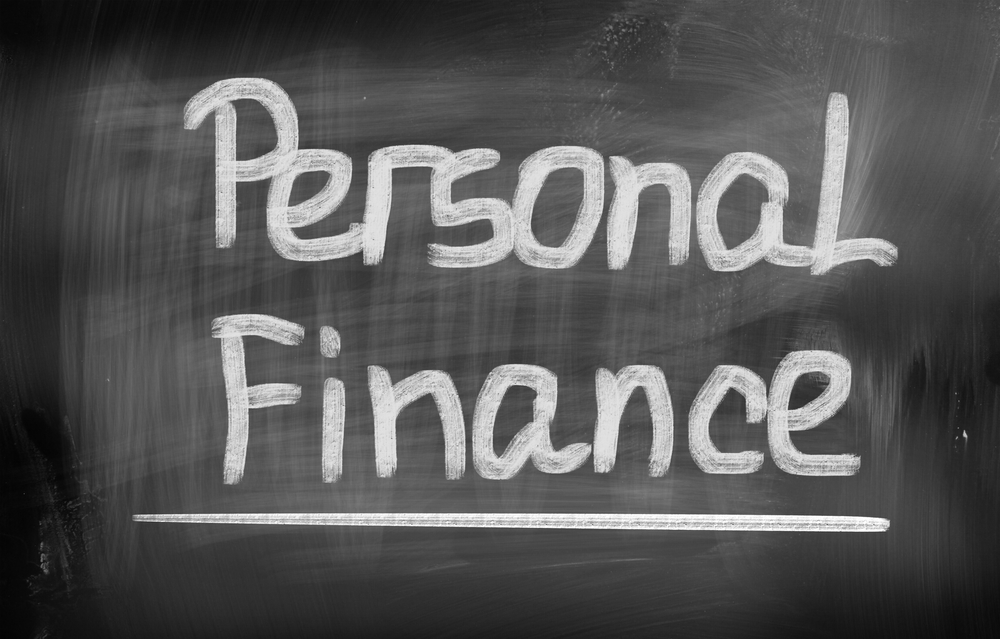Preparing for unexpected events by establishing an emergency fund is fundamental in personal finance.
This fund is a financial safety net designed to cover unforeseen expenses such as medical emergencies, home repairs, or sudden job loss. Without it, individuals may find themselves in precarious financial positions, often resorting to high-interest credit options that can destabilize one’s financial well-being. It’s akin to having a lifeboat that ensures you stay afloat during the stormiest financial weather.
The logic behind an emergency fund is straightforward yet profound. It acts as a buffer, protecting your budget and savings from unexpected financial shocks. This fund not only preserves your financial stability but also reduces stress, knowing you’re prepared for life’s uncertainties. Moreover, this fund empowers you to make decisions based on what is best for you and your family rather than out of financial desperation, promoting security and financial independence.
Where to Keep Your Emergency Fund
Choosing the right place to keep your emergency fund is crucial. The ideal location for your emergency savings is somewhere accessible but not too easily spent on non-essentials. High-yield savings accounts (HYSA) stand out as a viable option. These accounts offer higher interest rates than traditional savings accounts, meaning your money grows while it sits, helping to counteract the effects of inflation. It’s akin to putting your money to work and gaining passive income while maintaining immediate availability.
High-yield savings accounts are particularly appealing because they combine liquidity with the benefit of earning some return. This accessibility ensures you can quickly withdraw funds in an emergency without penalties or significant delays. Furthermore, the competitive interest rates offered by HYSAs enhance the growth of your savings, providing an additional buffer over time. Opting for an FDIC-insured HYSA adds another layer of security, safeguarding your money up to the maximum allowed by law. This arrangement makes it possible to manage your emergency funds efficiently, ensuring they’re there when you need them most while contributing to your financial growth.
Determining How Much to Save
Deciding how much to save in an emergency fund often stirs much debate among financial experts. However, a standard guideline is to save enough to cover three to six months of living expenses. Calculating this amount involves a detailed analysis of your monthly expenditures, including all necessities like housing, food, healthcare, transportation, and debt repayments. This flexible range should be adjusted based on one’s job security, lifestyle, and number of dependents. Consider any potential financial changes or challenges, ensuring your fund remains relevant and sufficient.
The lower end of the spectrum may suffice for someone with a stable job and fewer financial obligations. Conversely, leaning towards or exceeding six months’ worth of expenses may be prudent for those with variable income or greater family responsibilities. The idea is to customize the size of the fund to your unique financial situation and comfort level. By doing so, you safeguard your current lifestyle and protect future financial aspirations and well-being.
Regular Contributions and Adjustments
Building your emergency fund is an ongoing process. Starting small, with a percentage of your monthly income or a set dollar amount, can put you on the right path. Automating your savings can further simplify the process, ensuring consistent contributions without manually transferring funds each month. This method fosters a habit of saving and seamlessly integrates this critical financial strategy into your life.
Revisiting and adjusting your emergency fund becomes necessary as your financial situation evolves. Major life events such as a career change, relocation, or changes in family size should prompt a review of your emergency fund. These adjustments ensure that your savings pace aligns with your current needs and future goals, maintaining its relevance and effectiveness. Increasing your contributions during higher earnings or trimming your budget to bolster the fund can enhance your financial resilience. Such proactive emergency fund management solidifies your financial foundation, offering peace of mind amid life’s inevitable changes.
The Impact of Not Having an Emergency Fund
The consequences of not having an emergency fund can be severe. Without this financial buffer, unexpected expenses often lead to increased credit card debt, loans with unfavorable terms, or the necessity to compromise on essential expenses. The ripple effects of these decisions can hinder long-term financial goals and damage credit scores, making recovery and future borrowing more difficult. Such financial strain can quickly spiral into a cycle of debt and financial instability that is challenging to escape.
Moreover, the psychological impact of financial vulnerability should not be underestimated. The stress and anxiety associated with financial uncertainty can affect mental and physical health, relationships, and overall quality of life. Constant worry over money can distract from work, strain personal relationships, and lead to significant health issues. Thus, an emergency fund is a financial tool and a cornerstone of a healthy, secure lifestyle. Building this fund is investing in your financial peace and personal well-being, shielding you from the potential turmoil that financial emergencies can cause.
Conclusion
An emergency fund is more than just an optional component of a sound financial plan; it is essential. It provides a critical cushion against the unpredictability of life, ensuring that when faced with unexpected expenses, the financial impact is manageable. Starting with whatever amount you can afford, prioritizing high-yield options for growth, and regularly reassessing your needs are steps that cultivate financial security and peace of mind. As you navigate life’s ups and downs, remember that the strength of your emergency fund can determine the stability of your financial future.
